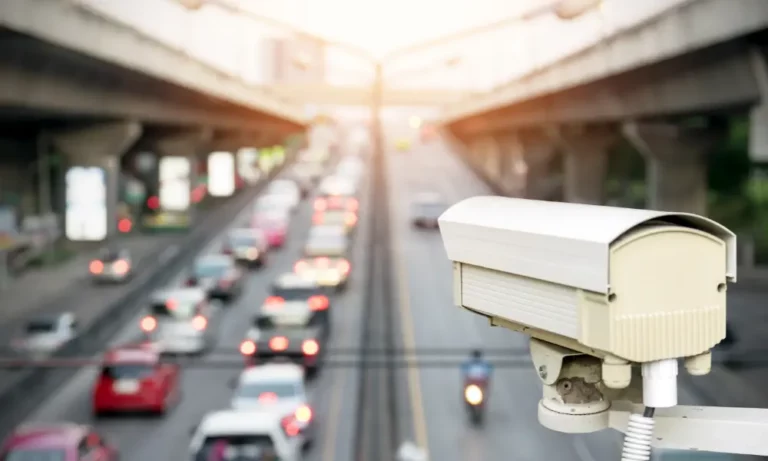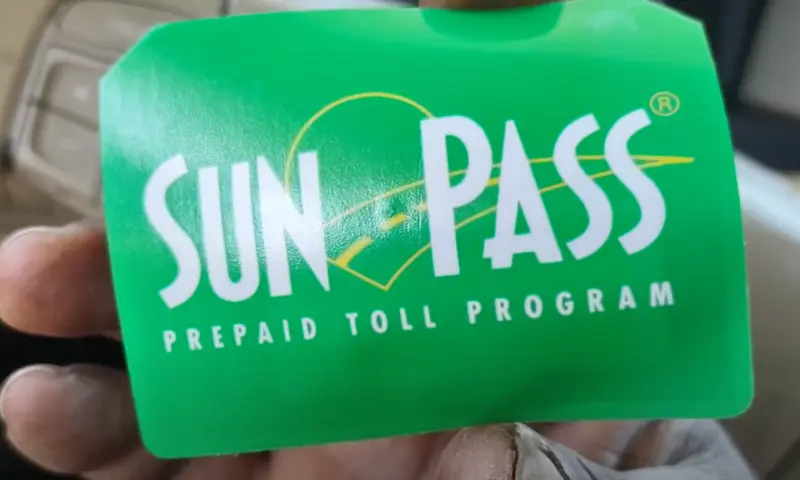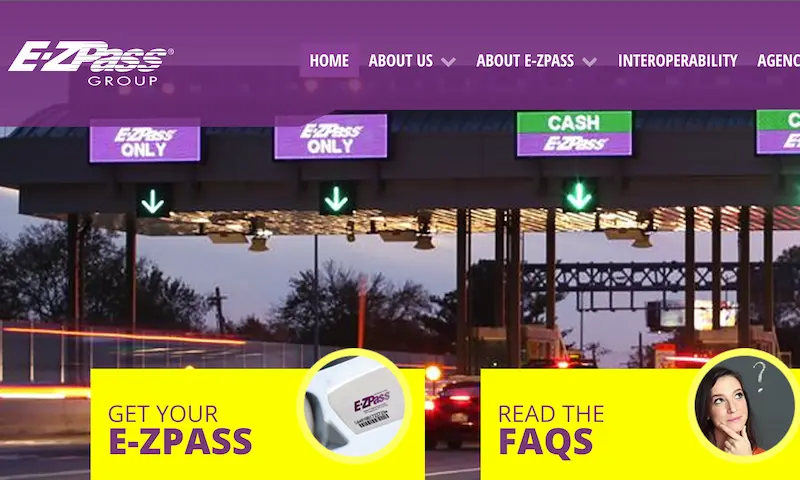You’ve probably driven through an electronic toll booth and wondered: is someone watching me? That fleeting moment when you pass under those camera-equipped gantries can trigger privacy concerns. Are these systems just collecting tolls, or are they keeping tabs on who’s behind the wheel? Let’s clear up the confusion about what those cameras are really capturing.
What Are Toll Cameras Actually Designed to Photograph?
Toll cameras serve a specific purpose in modern highway infrastructure: to identify vehicles for payment collection. But here’s what they’re really focused on:
License Plates, Not Faces
Toll cameras are specifically engineered to capture license plate information, not driver images. These cameras are “narrowly focused on the front and rear bumper sections” where license plates are located. The cameras use Automatic License Plate Recognition (ALPR) technology to read and record your plate number for billing purposes.
This targeted approach isn’t just technical convenience—it’s often legally mandated. In Maine, for example, state law explicitly prohibits toll cameras from capturing images of vehicle occupants, restricting them solely to license plate areas.
How Electronic Toll Collection Actually Works
When your vehicle passes through a modern toll point, here’s what typically happens:
- If you have a transponder (like E-ZPass or SunPass), RFID antennas detect it and automatically bill your account
- If no transponder is detected, ALPR cameras snap images of your front and rear license plates
- Ground sensors track your vehicle’s position to ensure the cameras capture clear plate images
- The system processes this data to generate a bill sent to the registered owner’s address
The Pennsylvania Turnpike and other modern toll systems confirm this approach. Their cameras use multiple angles to capture plates on vehicles of different heights, but they’re not designed to peek inside your car.
Privacy Laws That Protect You at Toll Plazas
Your privacy concerns about toll cameras aren’t unfounded, but there are legal safeguards in place:
Data Collection Limitations
Privacy frameworks govern how toll operators handle collected information. For instance, a 2024 advisory opinion by the National Privacy Commission clarified that CCTV footage showing only license plates—without identifiable personal information—doesn’t violate privacy laws.
Similarly, in Washington State, legislation mandates that traffic cameras capture only vehicles and plates, specifically excluding faces of drivers or passengers.
Data Retention Policies
Most toll authorities have strict rules about how long they keep your information:
| Agency | Standard Data Retention | Exception Retention |
|---|---|---|
| Massachusetts DOT | Deleted after transaction completion | Retained only for disputes or audits |
| Chesapeake Tolling Authority | Deleted immediately after payment | Extended for unpaid tolls only |
| E-ZPass Network | Varies by state (30-90 days typical) | Up to 1 year for violations |
The Massachusetts Department of Transportation purges tolling records after transactions are completed, keeping data only for auditing or dispute resolution.
When Toll Cameras Might Capture More Than Your Plate
While standard toll operations focus only on license plates, there are specific situations where additional images might be taken:
Toll Violations and Enforcement
If you fail to pay a toll, the system may collect more data. In California’s Bay Area, unpaid toll invoices sometimes include front-facing photos that might show vehicle occupants. This helps verify the driver’s identity in disputed cases.
Law Enforcement Access Scenarios
In some jurisdictions, law enforcement can access toll camera data with proper legal authorization. A 2023 Washington State bill authorized police to use toll system images for criminal investigations, but only when they can demonstrate probable cause.
It’s worth noting these are exceptions to standard operations, not everyday practices.
Real-World Examples: How Toll Systems Balance Efficiency and Privacy
Dominion Boulevard Veterans Bridge System
Chesapeake, Virginia’s tolling setup demonstrates privacy-conscious design. Their cameras capture license plates for invoicing, then delete images immediately after payment processing. Motorists without transponders receive bills by mail, but the system avoids storing unnecessary data.
E-ZPass Implementation in Maine
Maine’s tolling authority takes privacy seriously, with state law prohibiting imaging of drivers. Their ALPR systems are restricted to license plate capture only, and data must be used solely for toll administration—not for traffic monitoring or surveillance.
Protecting Yourself From Toll-Related Scams
While toll cameras themselves pose minimal privacy risks, scammers have found ways to exploit the system:
Watch Out for Phishing Attempts
In 2025, phishing scams impersonating SunPass and E-ZPass targeted motorists with fake toll notices. These schemes aimed to steal financial data through fraudulent websites.
Always verify payment portals before entering personal information, and remember that official communications come from authorized email domains (like [email protected]).
Using Transponders for Privacy Protection
The most privacy-conscious approach to toll payment is using a transponder like E-ZPass. This method:
- Reduces reliance on license plate imaging
- Limits personal data collection
- Provides a more secure transaction method
- Creates a clear paper trail for toll payments
Many toll authorities offer discounted rates for transponder users, making this the most practical option for regular toll road users.
Technological Limitations of Toll Cameras
Even if toll operators wanted to capture driver images (which most don’t), there are technical constraints that limit what’s possible:
Camera Positioning and Focus
Toll gantry cameras are positioned at specific angles optimized for license plate capture. According to technical specifications from Pennsylvania Turnpike’s open-road tolling project, these multi-angle cameras account for different vehicle heights but maintain a constrained field of view aimed at license plates.
Lighting and Processing Considerations
Toll systems operate in varied lighting conditions—from bright sunlight to complete darkness. The imaging technology is specifically calibrated to capture reflective license plates, not the low-contrast environment inside vehicles with potential glare from windshields.
How to Verify What Your Local Toll System Actually Records
If you’re concerned about what information your local toll system collects, there are several ways to find out:
- Check the toll authority’s website FAQ section
- Review your state’s transportation department privacy policy
- Examine toll violation notices to see what images they include
- Submit a public records request for your own toll passage data
Most toll authorities are transparent about their practices because they understand privacy concerns. The City of Chesapeake, for example, clearly explains their image capture policies in public information materials.
The Future of Toll Camera Technology
As technology evolves, toll systems continue to balance efficiency with privacy concerns:
Enhanced License Plate Recognition
Newer ALPR systems can read plates with greater accuracy, even in poor weather or with damaged plates. This improved technology means fewer errors and disputes, but it doesn’t fundamentally change what data is collected.
Integration with Connected Vehicle Technology
Future toll systems may communicate directly with connected vehicles, potentially eliminating the need for visual identification altogether. This vehicle-to-infrastructure communication could enhance privacy by removing cameras from the equation.
Stricter Regulatory Frameworks
As public awareness of digital privacy grows, expect more comprehensive legislation governing toll data collection, retention, and sharing—particularly regarding potential law enforcement access.
The Bottom Line on Toll Camera Privacy
Toll cameras are engineered and regulated to focus on license plates, not drivers. Both technical design and legal frameworks ensure these systems collect minimal personal data while fulfilling their primary purpose: efficient toll collection.
While there are limited exceptions for enforcement and fraud prevention, standard toll operations don’t involve driver photography. For maximum privacy, consider using a transponder system that bypasses license plate imaging altogether—it’s typically faster and often cheaper too.
The next time you drive through a toll plaza, remember: those cameras are much more interested in your car’s ID than in who’s behind the wheel.
















